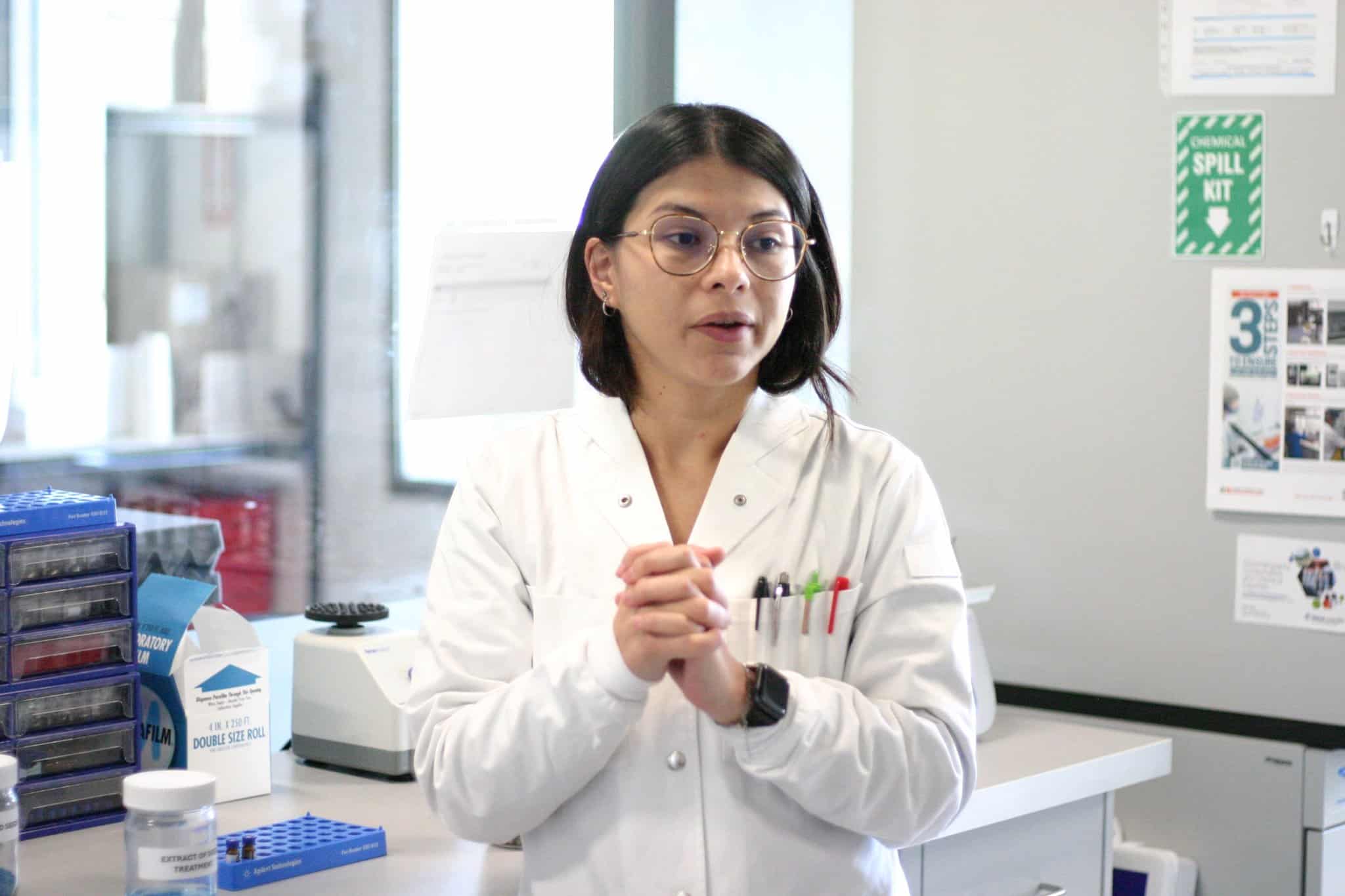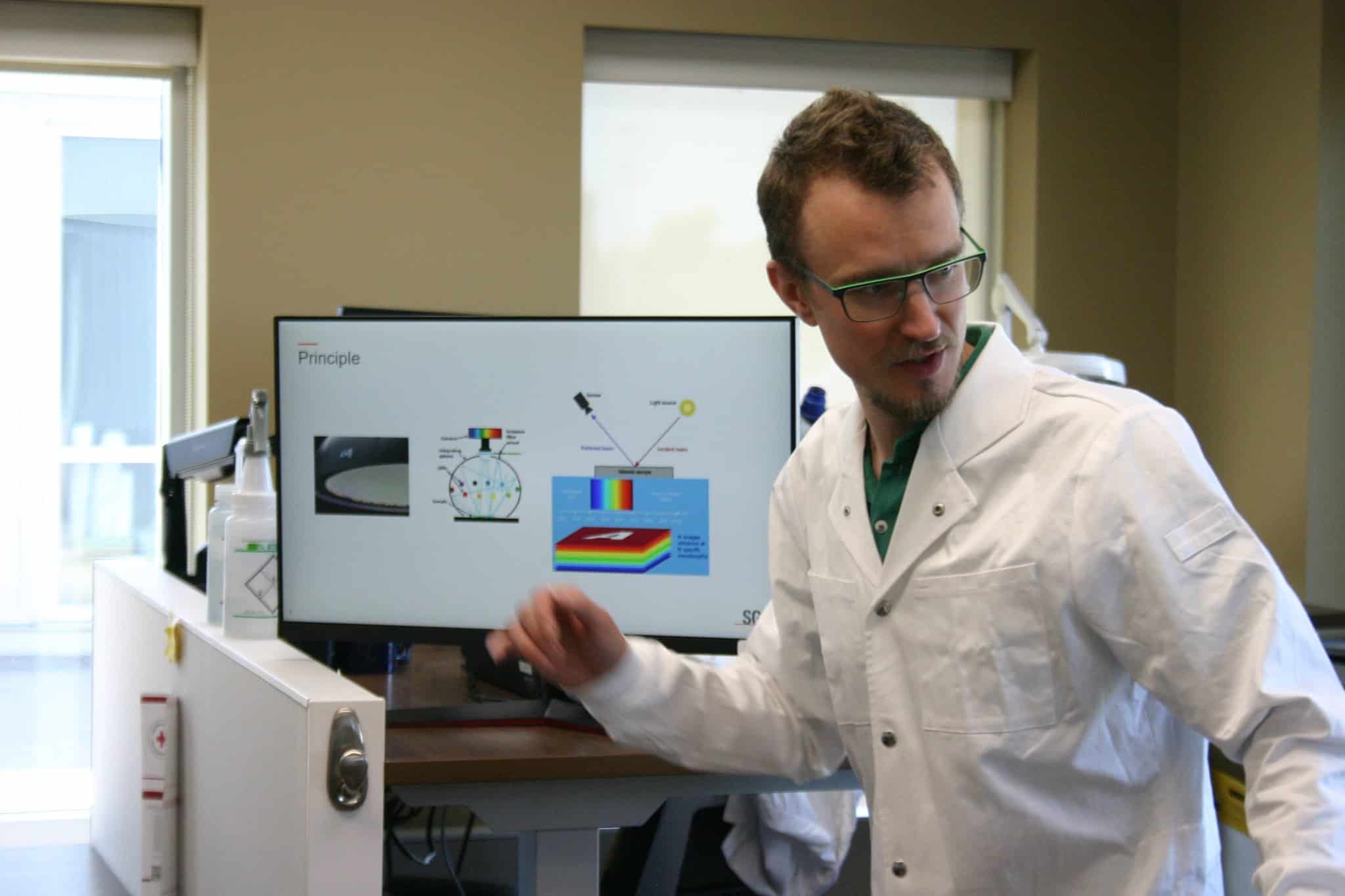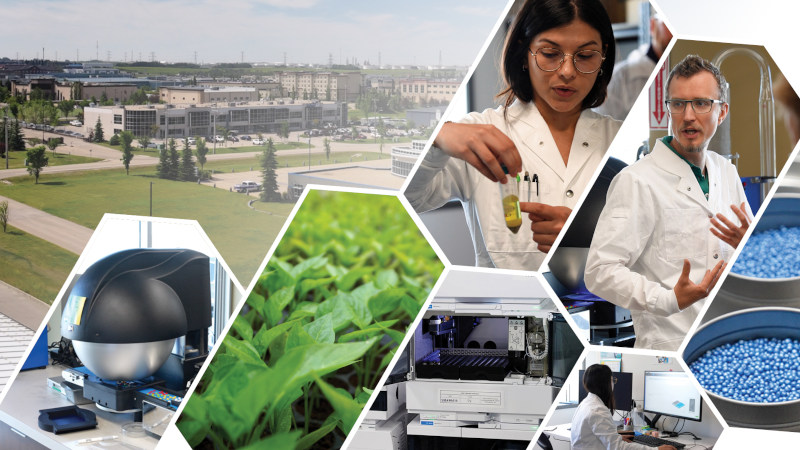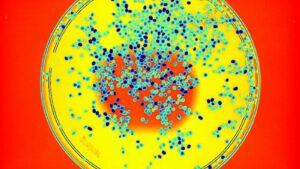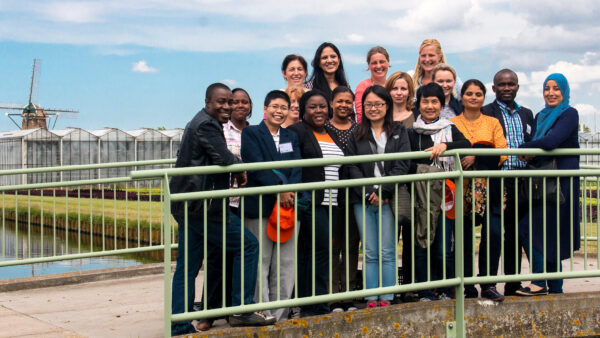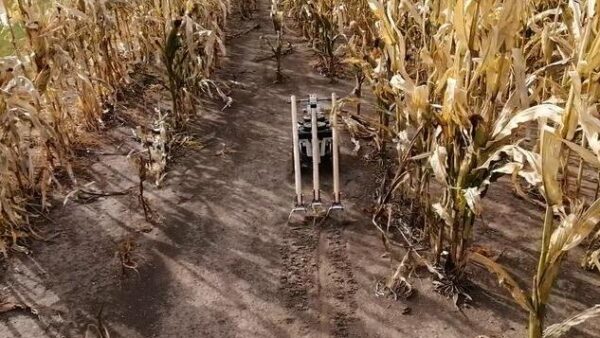As we delve deeper into the science of seeds, analytical chemistry has been an insightful tool in the realm of active ingredient analysis. Innovations in this field are driving a fundamental shift in the ability to precisely control and enhance seed treatments, measure environmental impact, and determine nutritional content.
Technologies like high-pressure liquid chromatography (HPLC) and dust-off meters are no longer niche— they’re critical to meeting the demands of sustainable agriculture.
HPLC: Setting New Standards for Precision in Seed Treatment Analysis
High-Pressure Liquid Chromatography (HPLC) allows us to identify and quantify the active ingredients in seed coatings. These coatings — essential for protecting seeds from pests, fungi, diseases, and environmental stressors — are only effective if they adhere correctly and maintain the proper concentration. This information allows stakeholders to control the efficacy of their treatment practices to guarantee the desired amount of treatment on seeds, avoiding irregularities.
HPLC empowers us to address this with precision and accuracy. By running extracted samples through high-pressure liquid phases, we can detect even parts per million differences in concentration. This level of accuracy doesn’t just help us meet regulatory standards; it provides an invaluable layer of quality control. With high-quality data, adjustments can be made confidently, knowing exactly how much active ingredient is present and how consistently it’s applied.
Dust-Off Testing: Bridging Seed Science and Environmental Responsibility
Another critical innovation is dust-off testing — a process as straightforward as it is essential. Seed coatings can be effective, but if they dust off too easily, the environmental risks can be significant. Seed treatments, after all, contain chemicals that, if dispersed into the air, can harm pollinators and other organisms.
Dust-off testing determines if the seed treatments remain where they should: on the seed. By replicating field conditions in a controlled environment, we measure the residue that detaches under various conditions. If too much dust is detected, it’s an indicator that a reformulation is needed.
This approach puts analytical chemistry at the heart of sustainability. With dust-off testing, we’re not just thinking about yields and treatments; we’re actively protecting the broader ecosystem that agriculture depends on.
Vicine Analysis: Navigating the Nutrition Frontier
When it comes to human and animal health, the importance of analytical chemistry goes beyond seed treatments. In legumes like faba beans (also known as broad beans), for instance, vicine is a naturally occurring chemical compound that can impact the nutritional quality of the seed. High vicine levels can cause adverse antinutritional effects in people with vicine sensitivity ( i.e., a genetic disorder called G6PD deficiency) if it is consumed in large quantities. It also can affectlivestock and humans when it comes to the digestion of macronutrients, such as protein, making it crucial to measure its concentration in seed crops.
Analyzing the vicine content through HPLC is a fascinating example of how we can segregate the varieties based on the vicine concentration, and therefore, crop producers can determine its pathway for consumption, either for animal or human consumption. With this information, clients can also decide on growth environments, breeding practices, or treatments to control vicine levels, ultimately optimizing nutritional profiles to benefit faba bean consumption. This insight is invaluable as the agri-food industry looks to harness the health benefits of every crop, including the faba bean, which has been lately recognized for its significant protein content.
Analytical Chemistry: Where Science Meets Sustainability
These advancements underscore a larger truth: modern agriculture is inextricably linked to the innovations happening in analytical chemistry. Techniques like HPLC and dust-off testing are not merely technical tools; they represent a new ethos in agricultural science — one that balances precision with environmental responsibility and productivity with sustainability.
In a world increasingly focused on the future of food security and sustainability, analytical chemistry’s role is more critical than ever. Every seed treatment perfected, every dust-off level controlled, and every nutritional compound monitored is a step toward an agricultural model that is both scientifically advanced and ecologically mindful.
For those of us working in the field, it’s thrilling to see how much potential we still must unlock, and it’s a reminder of the profound impact that innovation in analytical chemistry can have on the future of seed.


